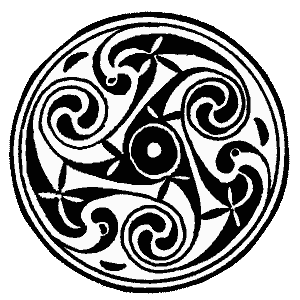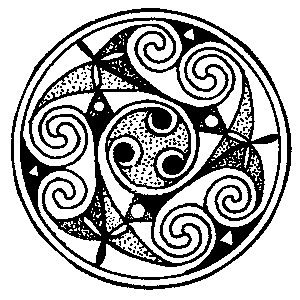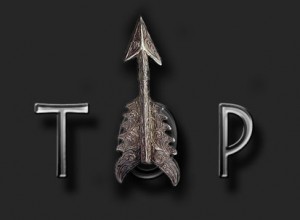 Diseases in the Deerhound.
Diseases in the Deerhound.
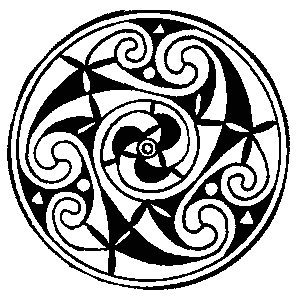
A very interesting article appeared in the Winter 2011 edition of The Newsletter of the British Deerhound Club; the original article: ‘Postoperative bleeding in Greyhounds and what it means for Deerhounds’ was published in The Claymore of May/June 2011, written by Dr. John Dillberger, an authority on Deerhound health problems, and contains information from different sources by those that have researched and are still working on this specific problem. Final results of that research have yet to be determined but there is definitely a cause and a cure for this postoperative bleeding that can be lethal.
Here is the link to the update on the original article: Follow-up on Post-Operative Bleeding in Greyhounds and What It May Mean for Deerhounds – Deerhound Health
and the last up-date: https://deerhoundhealth.org/delayed-post-operative-bleeding-an-update-on-tranexamic-acid/?fbclid
Dr Dillberger notes that aminocaproic acid/ Amicar® may not be available in some countries. In which case the alternative – more efficient and possibly cheaper – is tranexamic acid. Other registered names for tranexamic acid: are Cyklokapron, Hexakapron, Cyklo-F, Femstrual, and Lysteda.
Dr. Couto, who initiated this discussion with reference to his experience of bleeding in Greyhounds, suggests tranexamic acid be used at the same dosage as aminocaproic acid. His quote: “Published doses (of tranexamic acid) range from 5 to 10 mg/kg of body weight 3 times a day. I would use it as we use AMICAR (aminocaproic acid) in Greyhounds, starting the day of the surgery and continuing for 5-6 days” (source: personal communication RKH).
Note that tranexamic acid also works very well to stop bleeding when used as a topical wash for dental and surgical routines.
p://en.wikipedia.org/wiki/Tranexamic_acid
http://en.wikipedia.org/wiki/Aminocaproic_acid
Before your Deerhound has to be operated, I advise you to inform your veterinarian.
**********
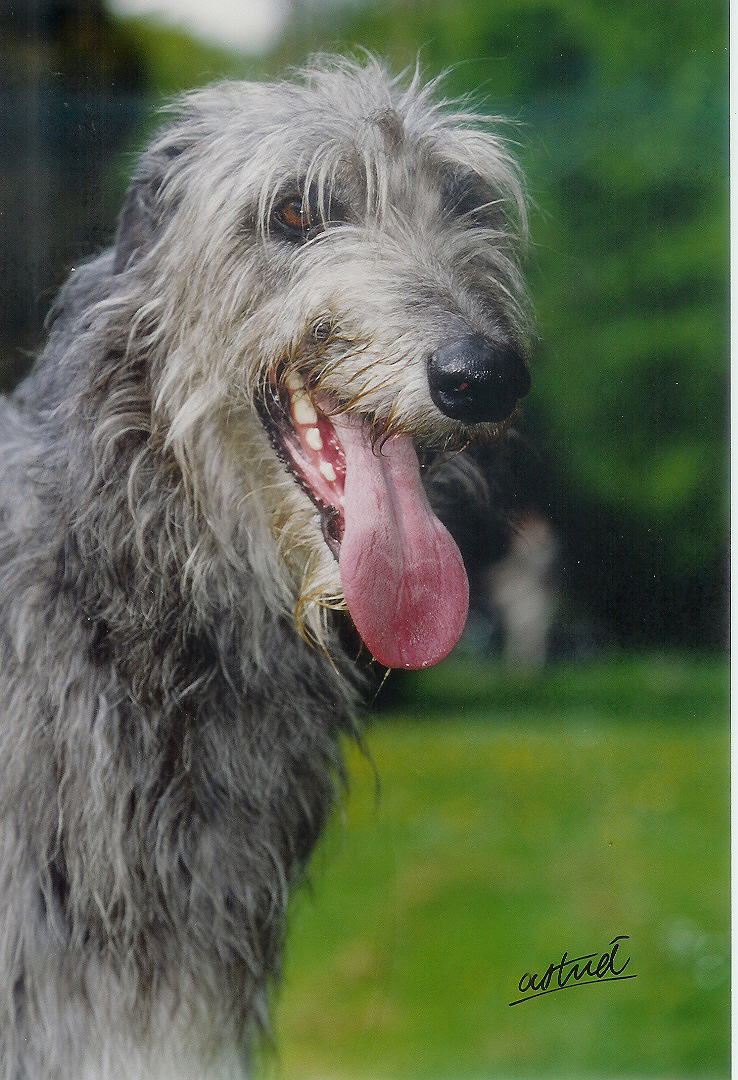
The Deerhound is a relatively healthy breed. We do not have eye problems, HD, or elbow problems. We also do not have many of the other diseases that occur in other breeds. The three major life threatening diseases that do occur in the Deerhound are: heart problems, osteosarcoma and GDV (Gastric Dilatation-Volvulus).
For an indication of disease in the UK and North America see the following links,
http://www.deerhound.co.uk/Health%20Matters/healthindex.htm
Deerhound Health – SDCA Health and Genetics Committee
Occasionally we see auto-immune disease, epilepsy, and thyroid problems, but not in a frequency that is threatening for the breed. PSS (Porto Systemic liver Shunt) also occurs, at a frequency of about 3% (in the Netherlands) but as breeders test for this here, it should not be a problem for the new owner.
Should your Deerhound ever become seriously ill, make sure you inform the breeder, as it is important that breeders know which diseases occur in their bloodlines.

You can usually recognize a heart problem yourself if you check your dog’s heart rate every day. If your dog is losing physical condition and/or is persistently panting, consult a veterinary cardiologist immediately, preferably one with experience in sighthounds. An ECG and Doppler Echo are usually sufficient to provide a correct diagnosis so that the appropriate medication can be prescribed. Your Deerhound should then be able to enjoy several years of quality life, but you need to be timely!
https://sdcahealth.wordpress.com/tag/deerhound-cardiac-norms/
Please read the articles about Taurine and L-Carnitine on the sub-page ‘Articles concerning the heart’. These amino acids support the heart and perform ‘miracles’.
There is also a very interesting project running in the UK, please see www.deerhoundgenetics.com
Cancer is often diagnosed when it’s too late. Osteosarcoma occurs frequently, and often by the time it is diagnosed the bone is so badly affected that little can be done about it. Sometimes an amputation will be advised, but generally speaking survival time is poor due to metastasis. If you find that your Deerhound is lame and that this lasts longer than three days, you should consult a veterinarian. You can also check their legs yourself for any swelling. This will often be on the long bones of the leg, just above or below a joint. You can do this inspection at the same time as your routine brushing out of the coat.
Other types of tumors can of course occur in the Deerhound. If you are timely much can be done to help these days with radiation and chemotherapy. This chemotherapy is usually not burdensome for your Deerhound.
If your Deerhound is restless, begins to pant and drool, tries to vomit but nothing comes out, get to your veterinarian as soon as you possibly can. Your Deerhound has probably ‘bloated’ and may have stomach torsion (GDV). This means that the stomach has twisted around its axis, closed the entrance and exit, so that the contents cannot escape and the formation of gas inflates the stomach. Sometimes it’s possible to relieve the gas by introducing a catheter via the mouth to the stomach, but that is only possible if there isn’t a total torsion. If the stomach has completely twisted then only an operation can save your Deerhound. Ask the surgeon to suture the stomach to the body wall (gastropexy) during the operation to prevent this from repeating itself. Unfortunately a number of Deerhounds will still die after this operation because of loss of oxygen to organs, including the heart if the vena cava has been blocked, causing lethal shock.
Bloat/Gastric Torsion – Deerhound Health
This is the reason that it is very important to feed your Deerhound at least twice a day, at least an hour before walking and not immediately after a walk. We feed them only some time after a walk, never before one.
Also read the following article: https://www.o-cockaigne.eu/?page_id=13382&lang=en
Deerhounds can be difficult eaters, particularly the bitches. This can be a problem for them especially just after a heat. I feed them then by hand and give them something special. You can ignore it, but a Deerhound can stop eating for quite some time, then quickly lose weight and get too thin.
At the present research is taking place in the USA on cystinuria. Simply put, it’s a genetic disease in which the amino acid cystine is not re-absorbed by the kidney as it normally should be, and then it is precipitated as crystals or stones in the kidney, bladder or urethra which will cause painful blockage in males. In the Netherlands stud dogs are not being tested for this, and there is no fail-safe test. If your dog is having problems urinating, consult and inform your veterinarian.
https://sdcahealth.files.wordpress.com/2015/08/acvim-forum-proceedings-2014.pdf
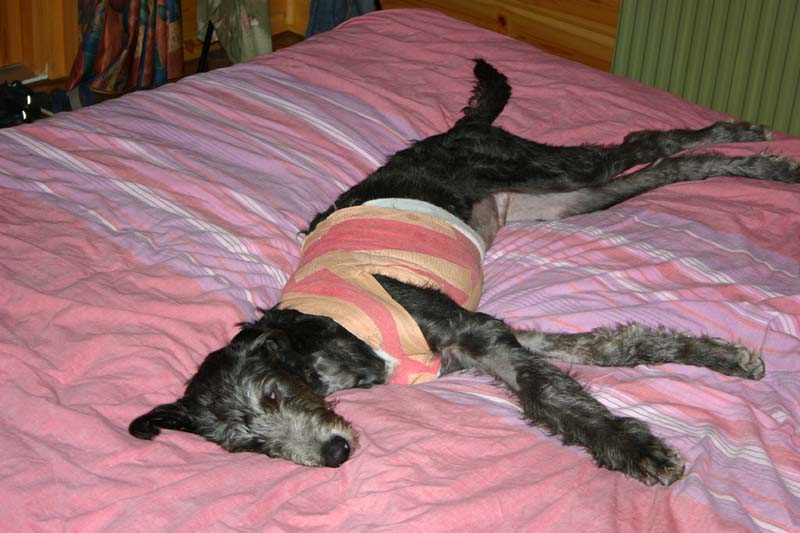
In many countries pups are tested for PSS, liver shunt, the percentage of affected is low. This screening is done so that breeders can guarantee your pup is shunt free. A liver shunt will poison a puppy because the blood flow filtered through the liver is insufficient. A pup with a shunt could live as long as two years (with a few exceptions).
Portosystemic Shunt – Deerhound HealthPortosystemic Shunt – Deerhound Health
Recently most breeders are testing for Factor VII Deficiency. This is when a mutant gene can cause little or no Factor VII, a protein essential for blood coagulation, to be present in the blood of an affected dog. This is a recessive gene, so there are three possibilities, a carrier dog will neither suffer from nor show the bleeding disorder, but will pass a copy on to its offspring; a clear dog cannot suffer from the deficiency nor pass it on; an affected will suffer and will pass it on. The last could just possibly bleed severely during or after an operation and die. Research into the disease continues, but currently the opinion appears to be that it is not so dangerous as first was assumed, and we should avoid overly strict selection and exclusion so that we do not lose valuable diversity in the breed. The hope is that by using careful and informed breeding decisions we can soon eliminate the condition.
http://www.deerhound.co.uk/Health%20Matters/Healthissues.htm
http://www.deerhound.co.uk/Health%20Matters/Factor%20VII%20Web%20Article.pdf
